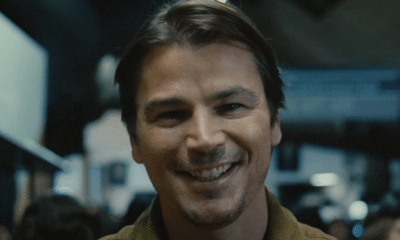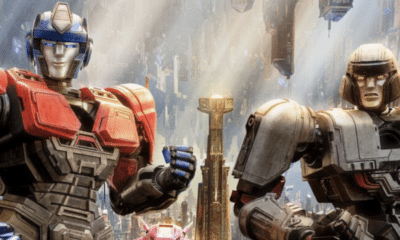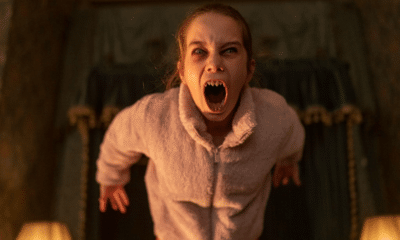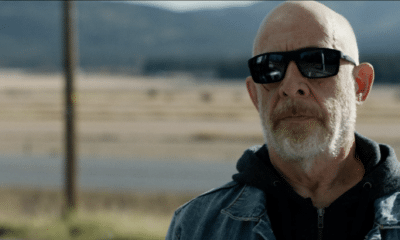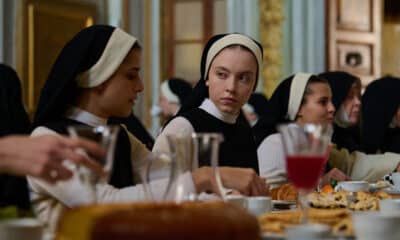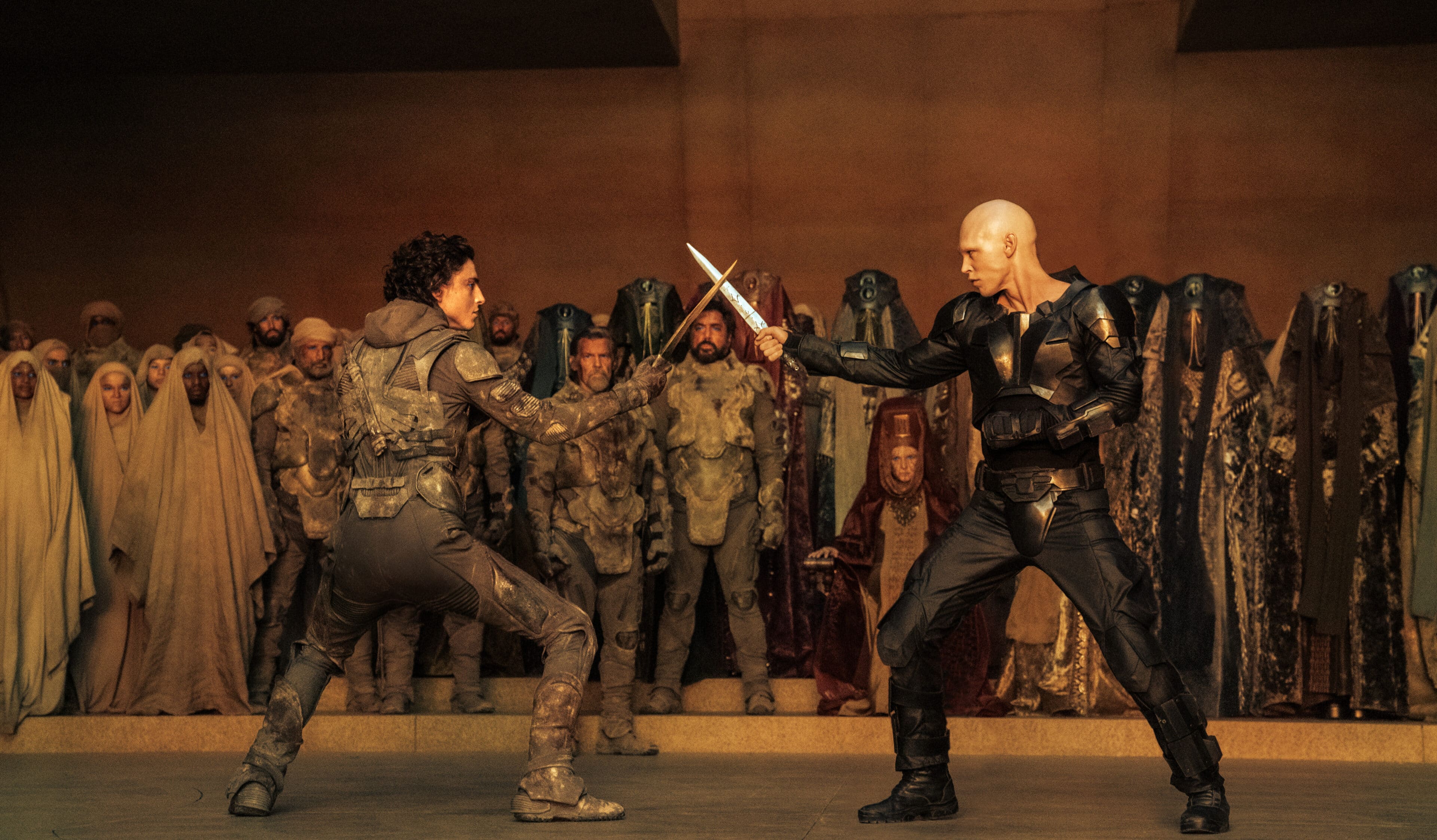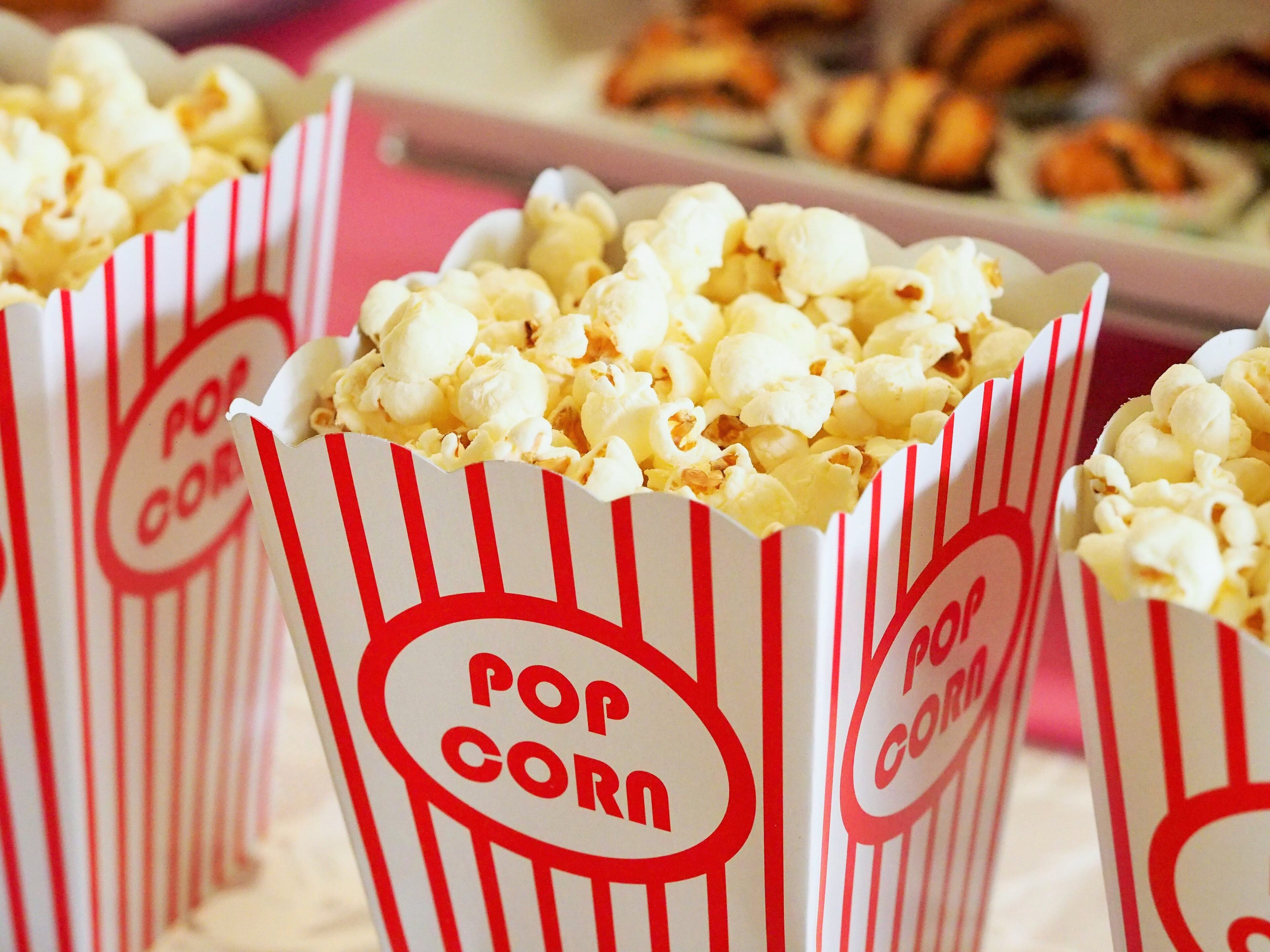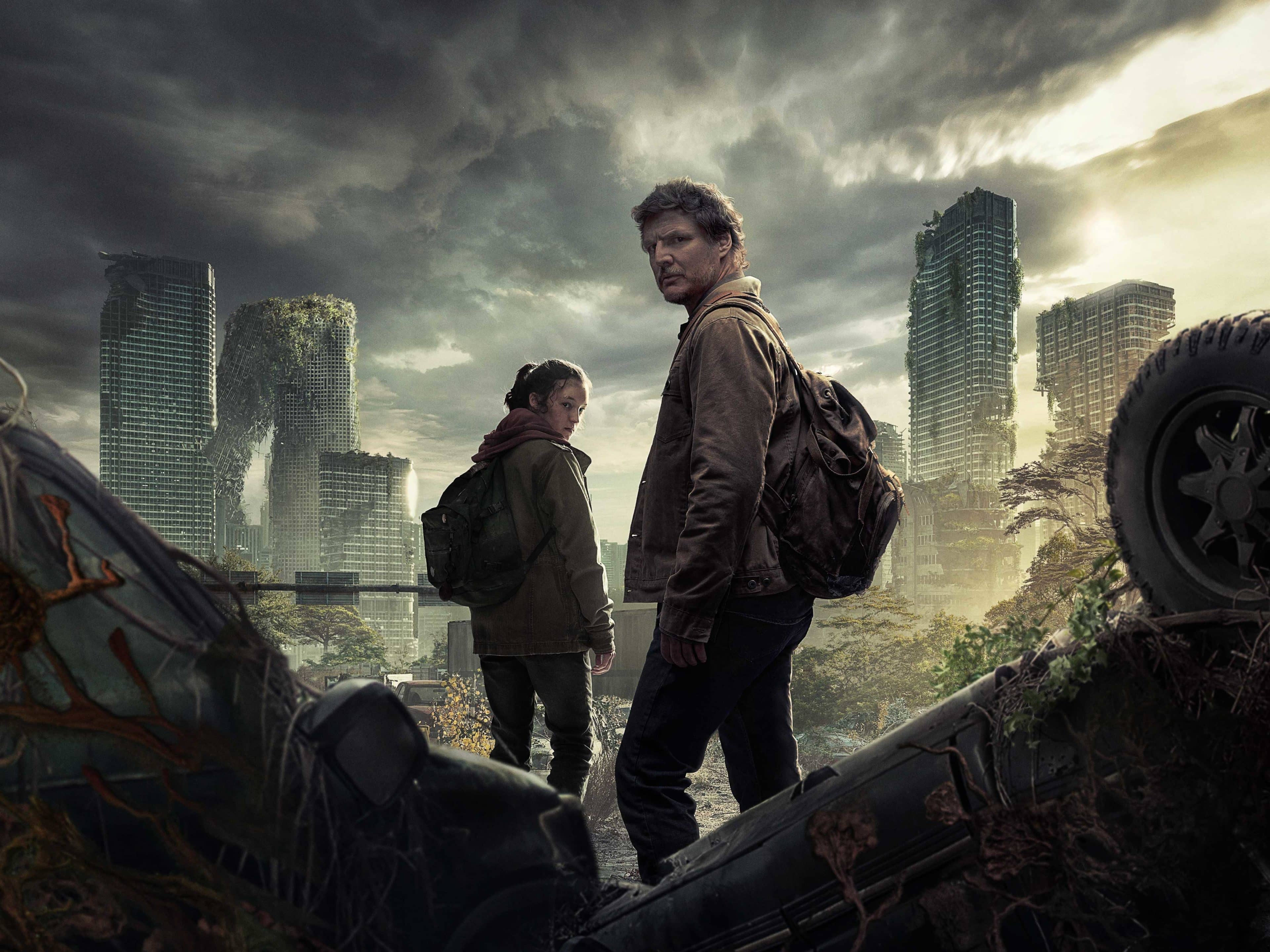We at THN love our Disney movies. And with FROZEN, the 53rd animated feature film, looming ever closer, THN takes a look back at its forebears, from 1937’s SNOW WHITE AND THE SEVEN DWARFS, through the wilderness years of the 1970s to the Disney Renaissance of the ’90s.
This week, BEAUTY AND THE BEAST.
Directed by Gary Trousdale and Kirk Wise
Based upon “Beauty and the Beast”, by Jeanne-Marie Le Prince de Beaumont
1991/84 Minutes
In the beginning, there was SNOW WHITE, which proved to be a turning point in the history of the company, and of animated motion pictures as a whole. Whilst casting the net for more traditional tales to retell, Disney considered Beauty and the Beast but despite returning to the project in the 1950s, the project was deemed to challenging and dropped again- although some, notably Peter M. Nichols of The New York Times, speculate that Disney may have been discouraged by Fresh director/poet Jean Cocteau’s LA BELLE ET LA BÉTE, released in 1946 to great critical acclaim.
Originally, BEAUTY AND THE BEAST was to be directed by Richard Purdum, as a “straight” animated film with no musical numbers, and set in Victorian France. But when then-CEO Jeffrey Katzenberg saw the initial storyboard reels in 1989, he ordered the film be scrapped and remade from the ground up, make the film a Broadway-styled musical in the vein of 1989’s THE LITTLE MERMAID. Shortly afterwards, Purdum decided to leave the project, and the directorial reins were then passed to first-time directors Gary Trousdale and Kirk Wise.
Presumably hoping to replicate the success of THE LITTLE MERMAID, Katzenberg brought songwriters Howard Ashman and Alan Menkin back into the fold to work their magic once again.
By this time, Ashman had learned that he was dying of complications from AIDS; he had been working with Disney on a pet project, ALADDIN, and was reluctant to join the BEAUTY… production team. Ashman also served as executive producer alongside Don Hahn, working with Wise, Trousdale and screenwriter Linda Woolverton on retooling the screenplay.
To meet its release date, production on BEAUTY AND THE BEAST was compressed into two years rather than four, due to the time spent on the original version before Katzenberg’s revelation. The film may not have been as successful, or even have bee completed, without the involvement of Pixar’s Computer Animation Production System, which would be put to use in the “Beauty and the Beast” waltz number, wherein a traditionally animated Belle and Beast danced in a computer-rendered ballroom. As well as being a centrepiece of the film, the success of the sequence led to computer animation surpassing traditional animation.
An unfinished version of the film was screened at the New York Film Festival in September 1991, with only about 70% for the animation being complete, the rest being storyboards and pencil tests. This “work in progress” screening received a ten-minute standing ovation from the festival audience, a testament to the success of the film, even in its unfinished state.
BEAUTY AND THE BEAST premiered on November 13th, 1991, and was released through Walt Disney Pictures on November 22nd. The film was dedicated to Howard Ashman, who had passed away eight months before. He never saw the finished film.
“To our friend, Howard, who gave a mermaid her voice, and a beast his soul. We will be forever grateful. Howard Ashman: 1950–1991.”
SYNOPSIS: After angering a sorceress, a handsome, narcissistic prince is cursed; he’s turned into a beast as hideous as his soul, his servants transformed into tools of their trade. The sorceress leaves him with one chance to restore himself; find true love before a magic rose wilts on his 21st birthday, or remain a beast forever.
You can tell this one’s a bit more modern cos the hero and heroine are actually shown as adults, rather than teenagers.
Anyway, fast-forward a few years to a sleepy, boring village. Belle, a beautiful hipster, complains in song about how bored she is in her safe and cosy homestead with her doting, eccentric father. She ignores the advances of the town hero, the arrogant musclehead Gaston, who has his heart set on marrying her despite every other woman in town dying to throw themselves at his feet. Gaston’s blunt marriage proposal is refused by Belle, and while he picks himself out of the mud, Belle has another number about how she deserves better.
Meanwhile Belle’s father, Maurice, leaves town to showcase his new invention, a steam-powered woodcutter. He and the trusted family steed Phillipe get lost in the woods and separated. Hunted by wolves, Maurice finds himself at the Beast’s castle, and is warmly welcomed by the household staff; The kindly yet rebellious Maitre d’, Lumiére, tightly-wound Majordomo, Cogsworth, motherly Head of the kitchen, Mrs Potts and her son, Chip, and the flirtatious maid, Fifi.
While the furniture welcomes him with open arms, the master of the house does not; the Beast has Maurice thrown into the castle dungeon.
Phillipe finds his way home and Belle rides out to find her father. Finding the castle, Belle volunteers to take her father’s place. The Beast agrees, and opens his entire castle to her, all bar the West Wing. So, naturally, Belle sneaks up there the first chance she gets, and a furious Beast scares her off. After rescuing her from the same pack of wolves, Belle and the Beast come to an understanding, and slowly, they begin to develop feelings for each other.
Back at the village, Maurice’s frantic talk of a monster has the whole town laughing at him, but Gaston sees the old man’s “madness” as a way to win Belle’s hand. While Maurice ventures out into the winter-beaten forest alone to rescue his daughter, Gaston bribes the warden of the local asylum to take Maurice into “care”…
It’s not clear exactly how long Belle is a “guest” of the Beast- long enough to fit a few midquels in, at any rate- but with the help of the castle staff, the pair’s romance begins to blossom. After a romantic evening, Belle finds herself missing her father, and the Beast lets her use his magic mirror to see him. Seeing him lost, alone and ill in a snowstorm, Belle is distraught. Beast, having realised he truly loves her, releases her from the castle to save him, and gives her the mirror to remember him by.
Finding Maurice and bringing him home, Belle is horrified when Gaston arrives to put him plan into action. Belle’s attempt to prove her father’s sanity with the mirror backfires when Gaston- having realised she feels for the Beast- incites the mob to storm the castle and kill the rampaging, man-eating monster.
The castle servants manage to force out the invading mob, but Gaston slips through and finds the Beast. Having lost all hope, the Beast doesn’t fight back against Gaston, until he sees Belle returning to the castle. With rekindled faith, the Beast retaliates, defeating Gaston after a heated battle. The Beast spares Gaston’s life with a simple command: Get out.
Refusing to lose Belle to a monster, Gaston stabs the Beast when his back is turned. His moment of triumph is shortlived, as he loses his balance and plummets from the ramparts.
Belle cradles the fallen Beast, and softly professes her love for him, just as the servants watch the last petal fall. The curse is broken; the Beast and his servants regain their humanity, the castle is restored, and all is right in the world.
LESSONS LEARNED
1. Don’t judge by appearances alone.
2. Love runs deeper than flesh or fur.
3. Nerds need love too.
THE HEROINE
![]()
Voiced by Paige O’Hara, Belle is one of the first Disney Princesses who actually takes an active role in her own story, rather than just be led from one event to another. Intelligent and articulate, she’s shown as an outsider, unable to connect with the Luddites and Philistines that surround her.
She comes across as arrogant at times, and spends much of the first act complaining about what she wants in life, but then again, everyone does that when they’re 17. She just does it in song.
O’Hara won out against about 500 actresses; the directors originally considered Jodi Benson, the voice of Ariel, but they then decided on an older- sounding actress with Broadway experience, which O’Hara had plenty of. At 30, she was considerably older than her character, but it lends much to her maturity and depth as a character.
THE HERO
![]()
Robby Benson voices Prince Adam. Yes, that’s his actual name, and he’s possibly one of the most complex characters in any Disney film. By turns a figure of horror, of tragedy, pathos and strength, the bitter and broken beast is nonetheless a good person at his core. He’s just lost it under a decade of matted fur and Phantom-esque angst. Rather than be given an “alien” appearance, the Beast’s unique appearance was based upon a variety of animals; the mane of a lion, the head of a bison, the body of a bear and the hind of a wolf, animals that denote strength but also violence.
At the beginning, the Beast is dressed in rags barely covering his bulk; as time goes on and he learns to control his rage and reclaim his humanity, he takes better care of his appearance. Despite his anger at the world he’s exiled from, Robby Benson’s vocal performance brings out a kind of innocence and naiveté in the Beast, whilst still retaining his deep-rooted anger.
THE VILLAIN
![]()
Voiced by Richard White, Gaston was not featured in the original tale, but it has been claimed that he was written into the film to provide a sense of danger, and showcase the theme of inner versus outer beauty. In stark contrast to the feral, hulking Beast, Gaston is drawn as a classically handsome, Hollywood leading man, well-defined muscles and distinguished features. This wasn’t always the case; he was originally drawn as a burly, moustached man with a small brow and large jaw, but Katzenberg insisted he be redrawn as a more serious character, to better embody the “don’t judge a book by its cover” message.
Despite his bluster and bluntness, Gaston is nonetheless a cunning, dare I say intelligent villain; he has to time for learning, and has probably never read a book in his life, but as the story progresses, we witness a transformation not unlike that seen in the Beast. While the Beast slowly learns to embrace his humanity, the arrogant but mostly harmless Gaston begins to lose his humanity in his quest to take Belle as his bride.
HIS FATE? After begging for mercy, the Beast lets him life and goes to Belle. Making a desperate last strike, Gaston deals a fatal blow, but is thrown from the castle roof and into a ravine. Much like McLeach, it’s not shown implicitly that he didn’t somehow survive, but the 2002 DVD screenwriter commentary confirmed his death.
INTERESTING INTERLUDE: Originally, Gaston was to have stabbed the Beast twice, before throwing himself off the castle, laughing maniacally as he falls to his doom, an act of ultimate spite. This was changed to make it less gruesome for the kids, but it does go some way to explain why Gaston makes such a blind attack in a dangerous position.
Despite an entire level based on the film, Gaston does not appear in any way in the KINGDOM HEARTS series of games (a kind of Disney Does Final Fantasy), but he does have an expanded role in the Broadway musical, with several new musical numbers.
In the Melbourne stage production, Gaston was played by some bloke called Hugh Jackman.
The Beast’s castle is home to a cornucopia of memorable characters, from the lecherous Lumiére to the curmudgeonly Cogsworth, but do any of them qualify as Sidekick? They each have their moment, so it’s more of an ensemble cast. And yet, there is one character that stands a little taller. Chip.
Yes, the teacup toddler, son of Mrs Potts. After stowing away with Belle, he’s instrumental in rescuing her and Maurice after they’re locked in their own cellar. Even though he’s a jumping china teacup, he’s able to take control of a complicated, steam-powered, and downright dangerous machine without getting anyone killed. He’s also darn cute.
Le Fou (French for “The Madman”) is Gaston’s loyal hunting caddy, ego support and punching bag. Seriously, the guy gets more hits than we do. And even though he’s not 100% behind Gaston- he makes fun of him while he’s dealing with the asylum warden and even tries to discourage his courting of Belle, Le Fou is there to pick Gaston up when he’s sullenly licking his wounds.
PLOT
![]()
In an unusual move for an animated film, BEAUTY AND THE BEAST was the first Disney 53 film to have a screenwriter in the film of Linda Woolverton, rather than the film being developed with storyboards. The plot is one of the best of any Disney movie, despite its relatively simple premise; It’s the stories running parallel to the main story that really adds its depth.
Gaston’s plotline, his schemes to win Belle’s hand by any means, is refreshingly deep for a Disney villain. Likewise, the interactions of the castle staff, and their own efforts to save their master, and themselves, are at times a lot more interesting than the main narrative.
MUSIC AND SONGS
![]()
![]()
Howard Ashman and Alan Menkin’s score is one of the best of any Disney film, with sweeping orchestral pieces and heart-lifting songs, each of them a masterpiece, from the opening bustling ensemble of “Belle”, to the sweet little duet “Something there”, everyone has their own song and they each have a chance to shine. But for me, it’s Angela Lansbury singing “Beauty and the Beast”. Not only is it a beautiful ballad, I love it because Ms Lansbury didn’t want to do it. She felt that someone else would be better suited to sing it, but they managed to convince her, and she nailed it in one take.
What really works in BEAUTY AND THE BEAST’S favour is that the cast provide both dialogue and singing vocals, which can make or break an animated film; and okay, the supporting cast may not have been the greatest of singers, it’s all the better because it feels more natural.
This was about the time when Disney started giving their big musical numbers to up-and-coming pop stars to cover over the end credits. “Beauty and the Beast” was performed by Celine Dion and Peabo Bryson. It’s been credited as establishing Dion’s career, and was a commercial success, but I’m sorry, but they just don’t do it for me. It’s an unfortunate blight on an otherwise beautiful song that would continue more or less to this day, and I’ve yet to hear a version that improves upon the original.
LAUGHS
![]()
BEAUTY AND THE BEAST manages to find a good keel between light and dark, mostly thanks to its supporting cast. The chalk-and-cheese dialogue between Lumiére and Cogsworth is a delight, with Cogsworth desperately trying- and failing- to control the other members of the household, and the film is full of little sight gags from beginning to end, and mostly at either Cogsworth or Le Fou’s expense.
SCARES
![]()
On the other hand, when the film goes dark, it goes almost pitch black. By his very nature, the Beast is a creature of fear, whether intentionally or not striking terror into any that encounter him. The atmosphere of the castle in the early acts is almost palpable, and as the cogs of Gaston’s plans start falling into place, the suspense and drama is slowly cranked up (though it is balanced out by the slapstick castle raid).
But one character brings the fear factor another notch. One man who has barely a minute of screen time, but manages to be scarier than anything else in the whole film. Monsieur D’Arque. Voiced by Tony Jay, D’Arque is the warden of the local Asylum, and not above taking a healthy bribe to take on another inmate. Whilst he only has two scenes, Jay’s performance was enough to see him cast as Claude Frollo in THE HUNCHBACK OF NOTRE DAME five years later.
Where to begin? It’s a movie about prejudice, loyalty, acceptance and betrayal, of true love finding a way and how one person can change the lives of everyone around them.
Belle is a headstrong, independent woman who keeps her promise to the Beast and learns to respect and love him. The Beast isn’t exactly a glowing role model, but if he can learn to control his dark side and find inner peace, anyone can. Even Gaston, for all his faults, can be seen as sympathetic at times; in another world he would make a great politician. He certainly has the charm and gravity to incite a mob to furore.
And of course, one of the greatest lessons is told at the very beginning; an act of kindness on a stranger can change not only their life, but yours. Thinking of someone other than yourself can be the greatest thing you do in life.
LEGACY
![]()
![]()
Aside from the phenomenally-successful Broadway run, Beauty and the Beast has run around the world ever since. Belle herself is one of the founding mothers of the Disney Princess line, whilst appearing (in the form of Lynsey McLeod) in the live-action series SING ME A STORY WITH BELLE, which became a kind of educational JACKANORY. It ran for 65 episodes between 1995-’99.
Two direct-to-video midquels were released; THE ENCHANTED CHRISTMAS (1997) has Mrs Potts telling how the Beast forbade Christmas in the castle, and how Belle was able to change his mind. It featured Tim Curry as the castle’s manipulative composer, turned into a giant pipe organ, and wasn’t well received. It did better than 1998’s BELLES MAGICAL WORLD, a selection of short stories with various morals being rammed down your throat.
As mentioned above, both Belle and Beast feature prominently in the KINGDOM HEARTS series, which features characters from both the Disney and Final Fantasy universes, intertwining them with new characters in a convoluted, epic mythology.
FINAL SCORE: 46/53
NEXT TIME: ALADDIN

Latest Posts
-


Film Trailers
/ 1 day agoM. Night Shyamalan’s ‘Trap’ trailer lands
Anew experience in the world of M. Night Shyamalan.
By Paul Heath -


Film News
/ 2 days agoFirst ‘Transformers One’ teaser trailer debuts IN SPACE!
The animated feature film is heading to cinemas this September.
By Paul Heath -


Film Reviews
/ 2 days ago‘Abigail’ review: Dirs. Matt Bettinelli-Olpin & Tyler Gillett (2024)
Matt Bettinelli-Olpin and Tyler Gillett direct this new horror/ heist hybrid.
By Awais Irfan -


Film Trailers
/ 2 days agoNew trailer for J.K. Simmons-led ‘You Can’t Run Forever’
A trailer has dropped for You Can’t Run Forever, a new thriller led by...
By Paul Heath



